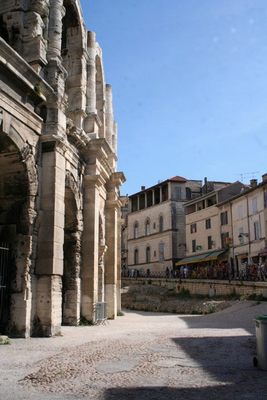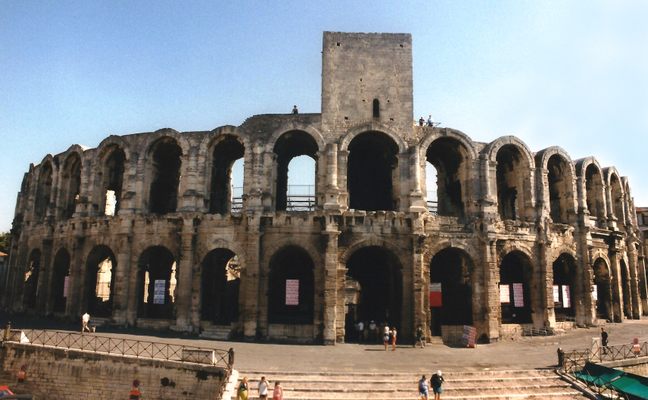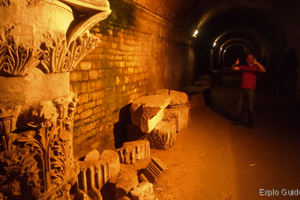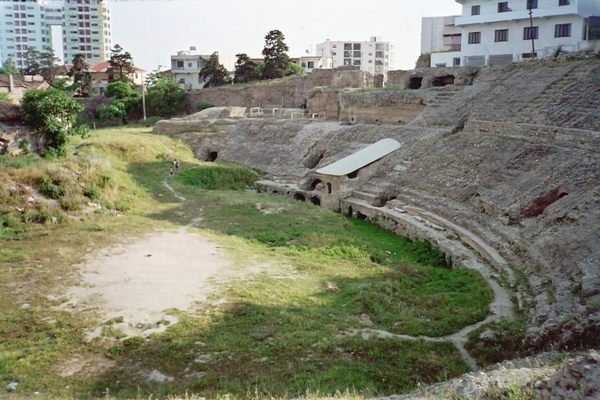About
Built in 90 AD, this ancient Roman amphitheater can be found in the small town of Arles, in the Provence region of France.
The town of Arles was a thriving city during the height of the Roman empire. In 90 AD, the town built this impressive amphitheater, which provided seating for over 20,000 good Roman citizens. Inspired by the famed Coliseum in Rome, the structure has over 120 arches, a series of galleries and staircases, and two levels of seating. For over four centuries the amphitheater provided a variety of entertainments, including gladiatorial battles, chariot races, and theatrical performances.
The philosopher Seneca described the brutal spectacle that probably greeted Arles spectators:
In the morning men are thrown to bears or lions, at midday to those who were previously watching them. The crowd cries for the killers to be paired with those who will kill them, and reserves the victor for yet another death. This is the only release the gladiators have. The whole business needs fire and steel to urge men on to fight…There was no escape for them. The slayer was kept fighting until he could be slain. 'Kill him! Flog him! Burn him alive!' (the spectators roared) 'Why is he such a coward? Why won't he rush on the steel? Why does he fall so meekly? Why won't he die willingly?
After the fall of the Roman Empire in the 5th century, the amphitheater was converted into a fortress, encircling houses and chapels. In the 19th century, the amphitheater was painted by Vincent Van Gogh, who spent many of his last years living in Arles. Today, the amphitheater is used for traditional bullfighting. Plays and concerts are also held at the venue. The Arles Amphitheatre is a UNESCO World Heritage Site, along with many other buildings in the city of Arles.
Related Tags
Know Before You Go
The amphitheatre is very easy to find. Upon entering the walls of the city you can see its arches in the distance. A main road will lead you directly up a hill to the structure.
Community Contributors
Added By
Published
February 18, 2016




























































